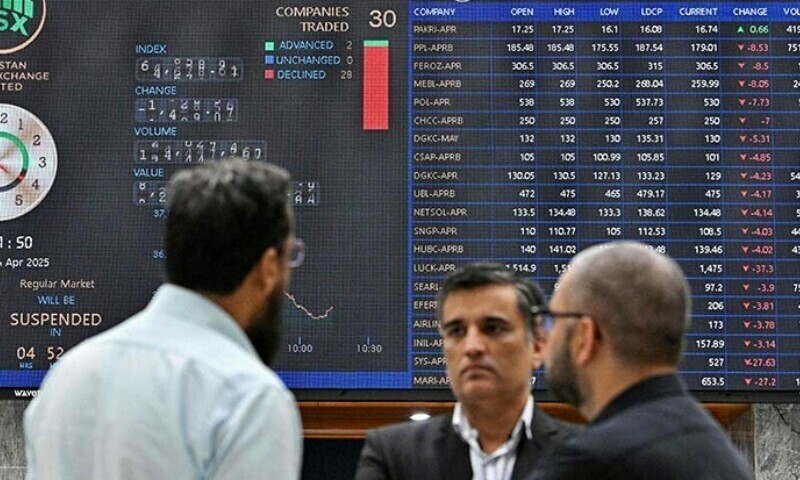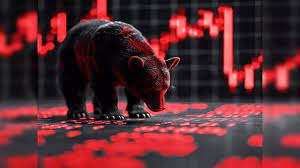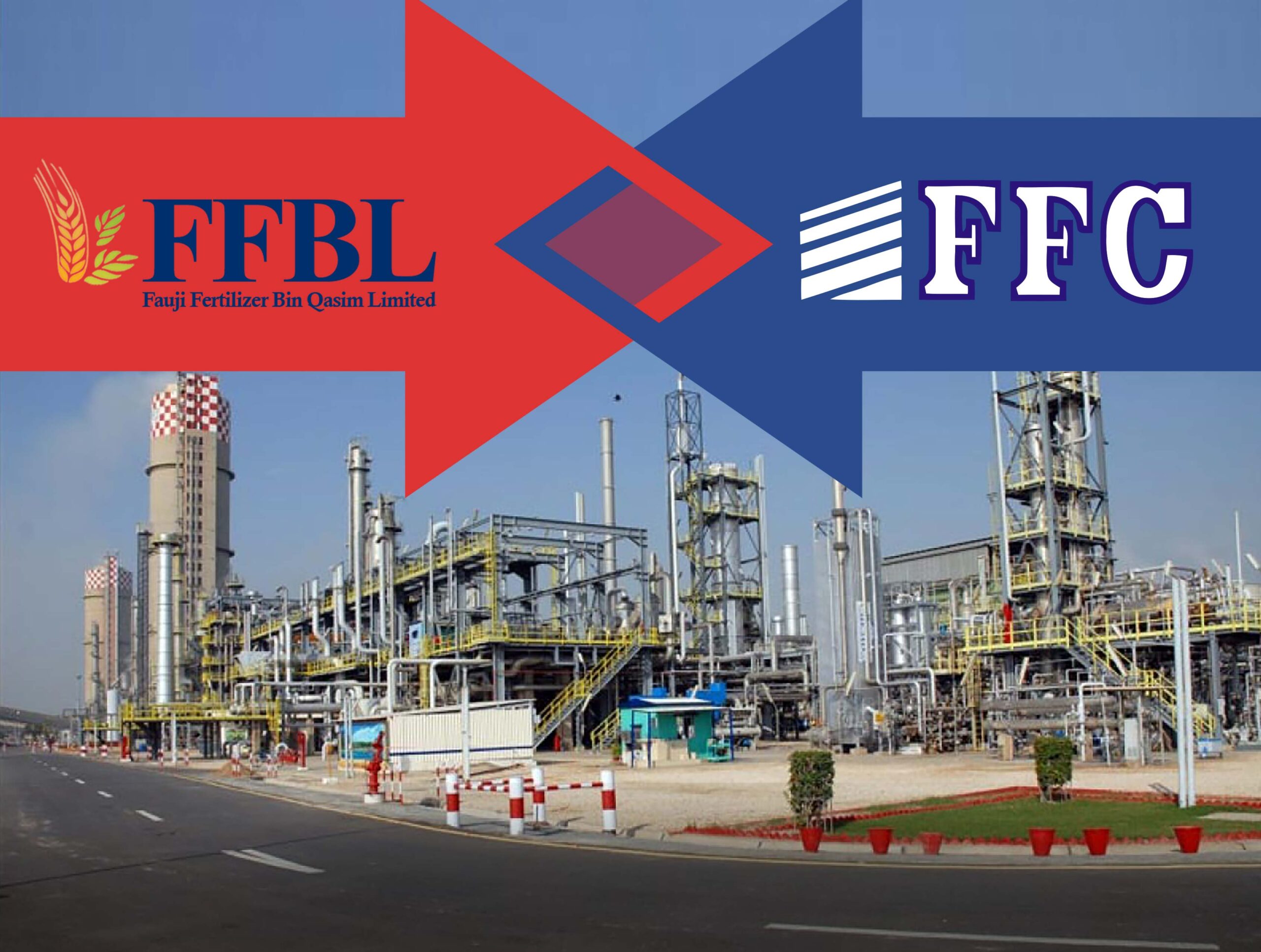It was the kind of morning that traders dread and headline writers relish.
Within minutes of the opening bell on April 7, 2025, the KSE-100 index went into freefall—gapping down at the open and shedding thousands of points before traders could blink. Then PSX circuit breakers kicked in, halting trade for 30 minutes and jolting market participants into a rare moment of forced reflection.
The last time Karachi witnessed a halt of this kind was during the COVID crash in March 2020. That alone puts the scale of this plunge into perspective.
This wasn’t just a local panic. The bloodbath was global. Asian indices, along with all other major equity markets, tumbled on the back of a sharp escalation in tariffs from the US, with the Nikkei, Kospi, and ASX all opening deep in the red. The ripple effects hit emerging markets fast—and Pakistan, already jittery over macroeconomic imbalances and political uncertainty, took a harder-than-usual hit.
But halting trade at the PSX is not routine. Since the pandemic, the market has absorbed many shocks—fuel hikes, currency slides, rate hikes, IMF stand-offs, and election dramas—without hitting the circuit-breaker threshold.
That it happened today is not just a sign of external volatility, but of how thin market confidence remains at home.
The mechanism for such halts is clear: a 5pc drop in the KSE-30 index triggers a 30-minute pause, meant to cool tempers and avoid panic-selling. But it's rarely used. The last time the PSX hit the brakes like this was in March 2020, when the COVID-19 pandemic was sending global markets into a nosedive.
Back then, repeated sharp declines in the index prompted a series of trading halts across days. Before that, there were sporadic incidents—most notably a trading halt in 2008 during the global financial crisis, though that episode was compounded by a market floor, not just circuit-breakers.
Interestingly, July 2023 saw a brief trading halt too, but for a very different reason: a euphoric post-IMF rally sent the index soaring more than 5pc in the opening minutes. The pause, in that case, was due to a spike, not a crash. A year later, a fire at the PSX building led to another suspension—but again, that wasn’t market-driven.
Today was different. Today, investors weren’t reacting to news—they were trying to outrun it. Fear spread faster than fundamentals could catch up, and the PSX, much like its peers across the region, bore the brunt of sentiment turned sour.
In that sense, the 30-minute halt wasn’t just about calming the market. It was a necessary intervention in a moment where algorithmic trades, human panic, and geopolitical risk converged. Whether it did enough remains to be seen. By the afternoon, the index had pared some losses, but not enough to undo the damage.
For now, April 7 will go down as one of those rare trading days when the PSX had to stop itself. And when it did, it reminded everyone just how quickly confidence can evaporate—and how hard it is to earn it back.
Disclaimer: This content is for educational and informational purposes only. It should not be considered financial or investment advice. Always do your own research or consult with a licensed financial professional before making any investment decisions.





